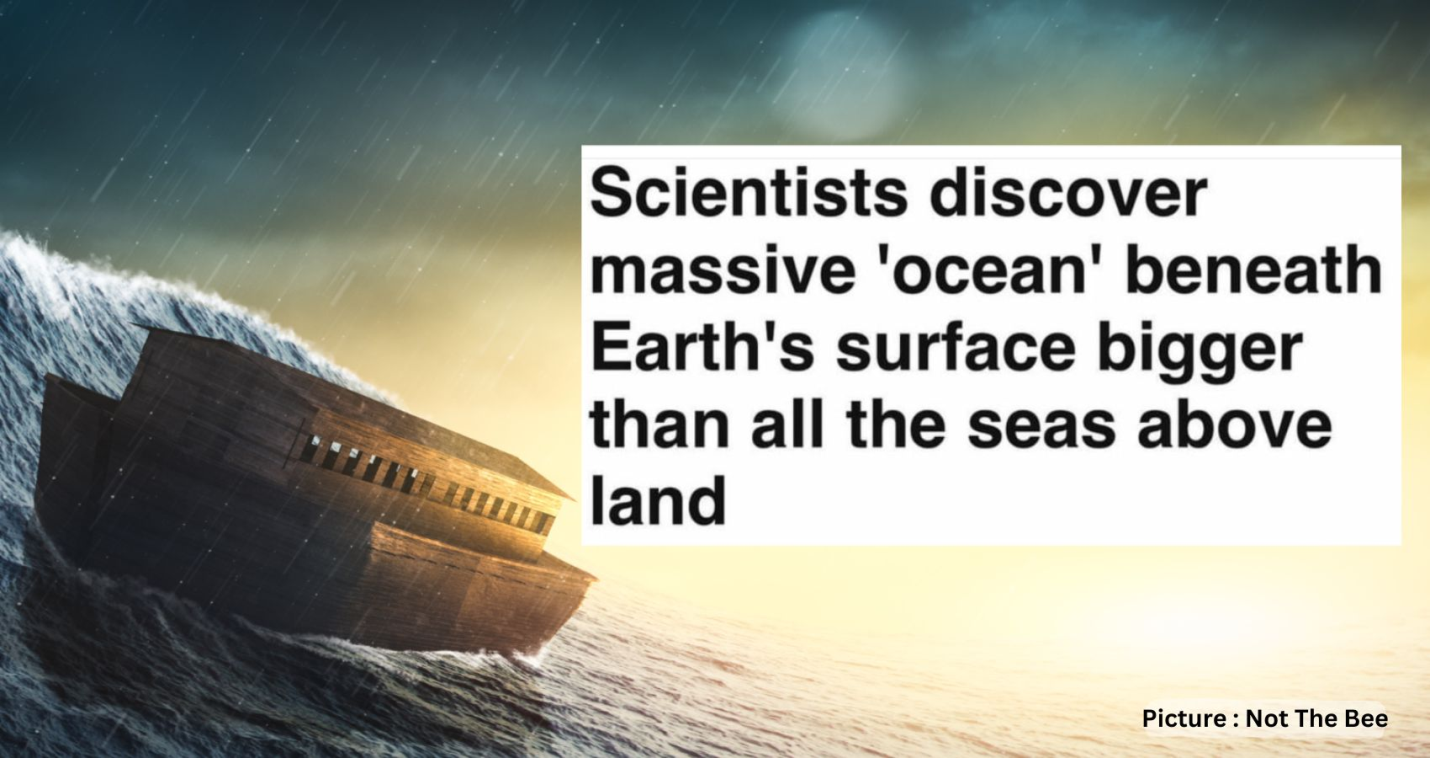Free Courses Sale ends Soon, Get It Now


Free Courses Sale ends Soon, Get It Now



Copyright infringement not intended
Picture Courtesy: https://icedcubemse.com/web-stories/scientists-discover-gigantic-ocean-700-km-beneath-the-earths-surface/
Context: Researchers found evidence of a massive ocean trapped within a mineral called ringwoodite, located deep within the Earth's mantle (700 km down).
Details
Discovery of the Subterranean Ocean
|
Origin of water on Earth |
|
|
Extraplanetary Sources |
●Cometary Contributions: Comets, originating from the Kuiper belt and Oort cloud, are composed of dust and ice. While they contain water, the isotopic ratios of deuterium to hydrogen (D/H) in cometary water suggest that comets likely contributed less than 10% of Earth's water. ●Asteroidal Influence: Carbonaceous chondrites, a subclass of meteorites from asteroids, share isotopic similarities with Earth's ocean water. These meteorites could have delivered water to Earth during its early formation stages. ●Outer Solar System Origin: Some evidence suggests that Earth's water may have come from protoplanets originating in the outer Solar System, such as those from the asteroid belt or even bodies from further regions like the Kuiper belt and beyond. |
|
Earth's Water Inventory |
●Distribution: Earth's oceans represent only a small fraction of the planet's total mass. Most of Earth's water is contained in its oceans, with additional amounts in ice, lakes, rivers, groundwater, and atmospheric water vapour. ●Interior Reservoirs: Water is also stored within Earth's crust, mantle, and core, primarily in hydrated minerals or as trace amounts of hydrogen bonded to oxygen atoms in anhydrous minerals. The mantle alone could potentially store three times the mass of Earth's oceans. |
|
Hypotheses for Water Origins
|
●Asteroidal Contributions: The delivery of water-rich asteroids during Earth's formation is a compelling hypothesis, supported by similarities in isotopic ratios between Earth's water and ancient meteorites like carbonaceous chondrites. ●Theia Impact Theory: Some hypotheses propose that a massive collision with a protoplanet named Theia led to the formation of the Moon and also brought significant amounts of water to Earth, originating from the outer Solar System. |
Research Methodology
Implications and Future Directions
Conclusion
Source:
|
PRACTICE QUESTION Q. With a growing population and uneven water distribution, how to create a globally sustainable water allocation system that balances the needs of agriculture, industry, and individual consumption, while considering ethical and equitable access for all? |
© 2024 iasgyan. All right reserved